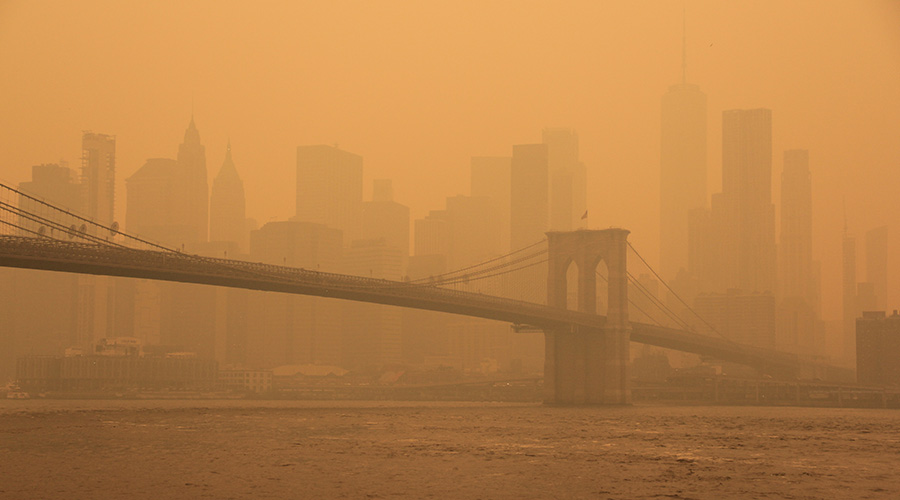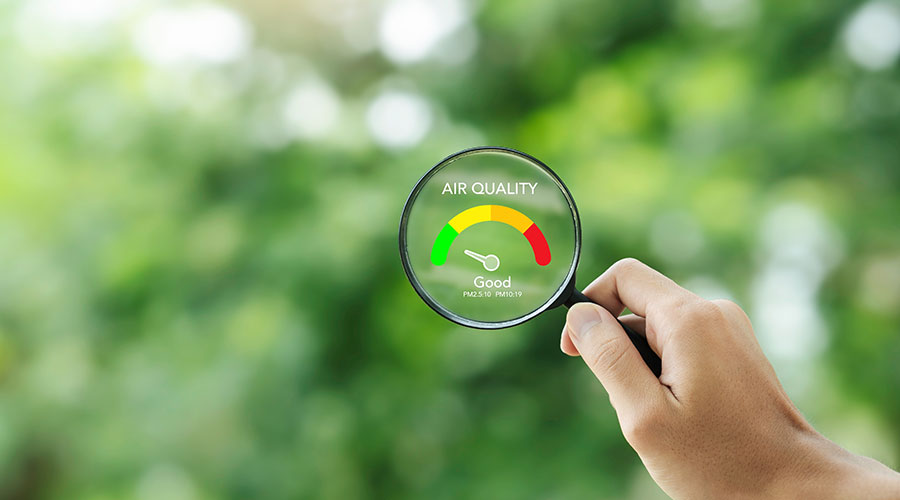Mold and Moisture Prevetion
Mold and moisture prevention. Mold can grow with 70 percent humidity present. Also, mold growth can result from water intrusion from broken pipes or leaks in the building envelope. For these reasons, establishing a mold and moisture management plan is crucial to maintaining good IAQ. Facility executives should create this plan to protect the facility from moisture intrusion and subsequent mold growth. An effective plan is coupled with a clearly defined chain of command. Mold and moisture prevention is both proactive as well as reactive. Best practices for building operations and management define who is responsible for reacting to moisture issues and who will proactively check and maintain the various components and systems that affect IAQ in buildings. These people could be part of the housekeeping staff, facilities management staff or a third-party contractor. Defining the responsible parties will help streamline responses to moisture issues and ensure that the plan continues to be employed throughout the life of the building.
It is necessary to inspect buildings on a regular basis for signs of moisture problems. Water can be introduced during normal occupancy (cooking, showering, etc.) and accidentally (leaks and spills). Water vapor also moves in and out of buildings as part of the air that is mechanically introduced or that infiltrates through openings in the building shell. To a lesser degree, water vapor also diffuses into and out of buildings through the building materials themselves. However, problem conditions (leaks, condensation, damp surfaces, excessive relative humidity) should be avoided or controlled to minimize the possibility of damage. To reduce the effects of moisture intrusion, several factors must be considered.
First, operating guidelines should be established for HVAC systems. Thermostats should be set between 70 and 80 degrees during the summer months. Any higher than this will reduce the equipment run times and limit the effectiveness of the equipment in controlling humidity. Any lower than this and cold temperatures could cause moisture condensation on interior surfaces.
Thermostats should be set no lower than 55 degrees during the winter months. Any lower than this can lead to low indoor temperatures that could allow water pipes to freeze and burst.
Do not leave air conditioning systems turned off for extended periods. During the summer, prolonged lack of temperature and humidity control can lead to elevated indoor moisture and subsequent mold growth. During the winter, lack of heating can lead to burst pipes due to freezing.
Second, make sure to develop and follow a maintenance schedule. Replace the filters in your indoor air-conditioning unit on a regular basis per the unit manufacturer’s recommendations. Typical replacement periods are every three to four months, but can vary based on the dust loading of the filters. Filters actually remove more dust from the air the longer they remain in use. But dirty filters are less energy efficient. And if the filter gets so clogged that airflow is reduced, equipment can be damaged.
Check the operation of the temperature control systems monthly. This could be a simple device, such as an analog thermostat, or a much more extensive energy management system controlling hundreds of sensors and control devices. For simple unitary or split-system equipment, the fan should be set to the AUTO mode. This allows the fan to cycle on and off with the compressor, a situation that is beneficial for preventing the introduction of unconditioned outside air or the re-introduction of moisture from the cooling coil. To check thermostat operation, the air conditioner should turn off in the cooling mode (summer time) when the setpoint temperature is raised above the actual temperature. Conversely, the air conditioner should turn on when the setpoint temperature is lowered below the actual temperature. Perform a similar test in the winter.
Flush the condensate drainpipes in the air conditioning systems. This will require the use of an effective cleaning agent that can be poured into the drains. Refer to the manufacturer’s operations manual for acceptable products and practices.
For additional preventive maintenance practices, refer to publications by BOMA, IFMA and equipment manufacturers. (For tips on operating practices to help prevent mold from becoming an issue, see “Good Operation and Maintenance Prevent Mold.”)
There’s no single step that can prevent IAQ problems. Rather, good IAQ is the result of consistent application of a variety of measures. But devoting the resources needed to accomplish those measures pays off by improving the value of a building and increasing the comfort of occupants.
Related Topics:















